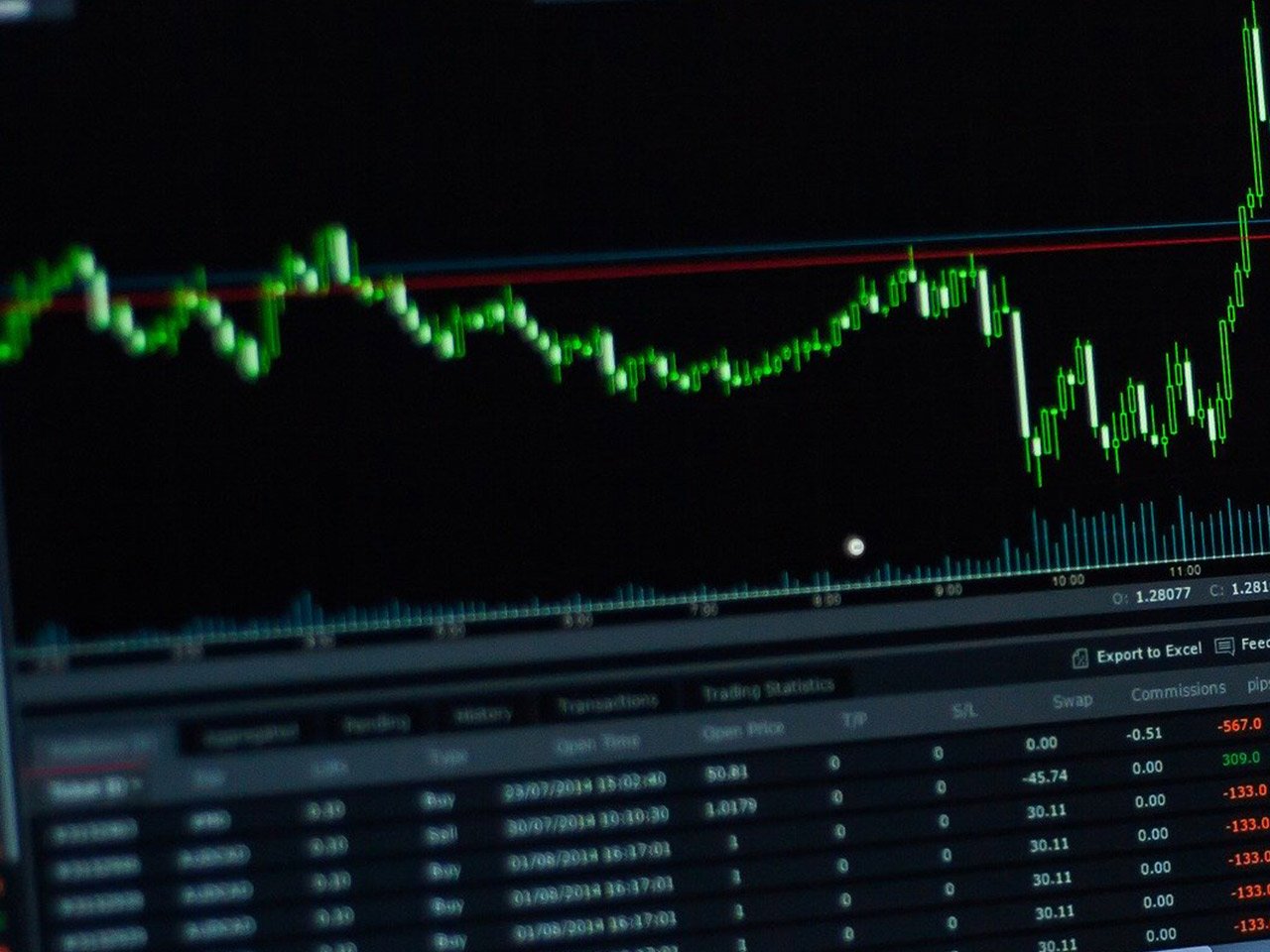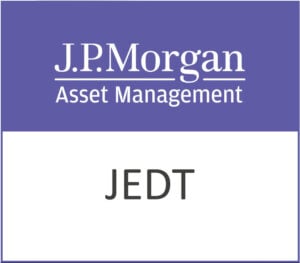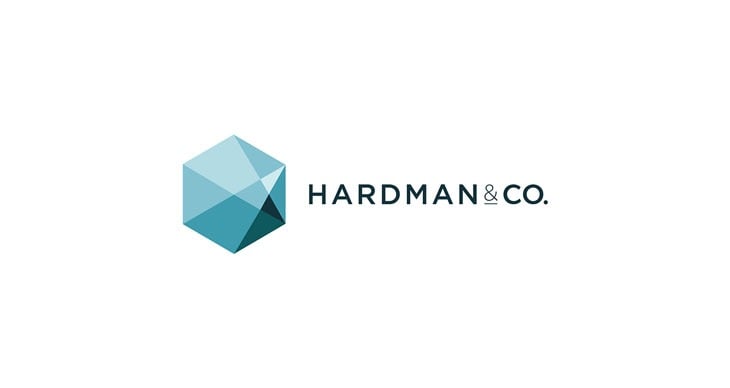Phoenix Group Holdings PLC, listed under the ticker PHNX.L, is a stalwart in the financial services sector, specifically within the life insurance industry. Headquartered in London, the company boasts a long-standing history dating back to 1782. Phoenix operates through a variety of segments, including Retirement Solutions, Pensions & Savings, With-Profits, SunLife & Protection, and Europe & Other, offering a comprehensive range of products tailored for long-term savings and retirement.
Currently, Phoenix Group commands a market capitalisation of approximately $6.94 billion, reflecting its substantial presence in the sector. The stock price hovers around 694.5 GBp, near the upper boundary of its 52-week range of 479.40 to 696.00 GBp. This stability in price, despite broader market fluctuations, underscores its resilience.
Investors might find Phoenix’s valuation metrics somewhat perplexing as several key ratios, including the P/E ratio, PEG ratio, and Price/Book, are not available. The Forward P/E ratio stands at an unusually high 979.15, suggesting market expectations of significant future earnings growth, albeit with some caution needed given the current lack of earnings.
Performance metrics reveal several challenges. The company has experienced a decline in revenue growth of 30.00%, and a negative return on equity of -35.75% suggests inefficiencies in generating profits from shareholders’ equity. Additionally, the earnings per share (EPS) is reported at -1.12, indicating current losses. Despite these hurdles, Phoenix maintains robust free cash flow of £9.6 billion, a positive indicator of the company’s ability to reinvest in operations or sustain its dividend payouts.
Speaking of dividends, Phoenix offers an attractive yield of 7.88%, with a payout ratio of 51.15%. This high yield is likely enticing to income-focused investors seeking reliable returns in a low-interest environment. However, potential investors should weigh the sustainability of such dividends against the backdrop of current financial performance challenges.
Analyst ratings paint a mixed picture with six buy ratings, four hold ratings, and three sell ratings. The average target price of 676.77 GBp implies a slight downside of -2.55% from the current price, reflecting cautious optimism. The target price range spans from 570.00 to 850.00 GBp, indicating varied analyst perspectives on Phoenix’s future trajectory.
From a technical perspective, Phoenix’s 50-day moving average of 661.22 GBp and 200-day moving average of 573.90 GBp suggest a positive momentum in the near term. However, the Relative Strength Index (RSI) at 38.00 indicates the stock might be approaching oversold territory, potentially offering a buying opportunity for those confident in its long-term prospects.
In summary, Phoenix Group Holdings PLC presents a complex investment case. While financial performance metrics signal challenges, strong free cash flow and an appealing dividend yield could provide a buffer. For investors, particularly those with a focus on income, Phoenix might warrant consideration, albeit with careful attention to its evolving financial health and market conditions. As always, a diversified approach and thorough due diligence remain crucial in navigating the waters of investment.










































